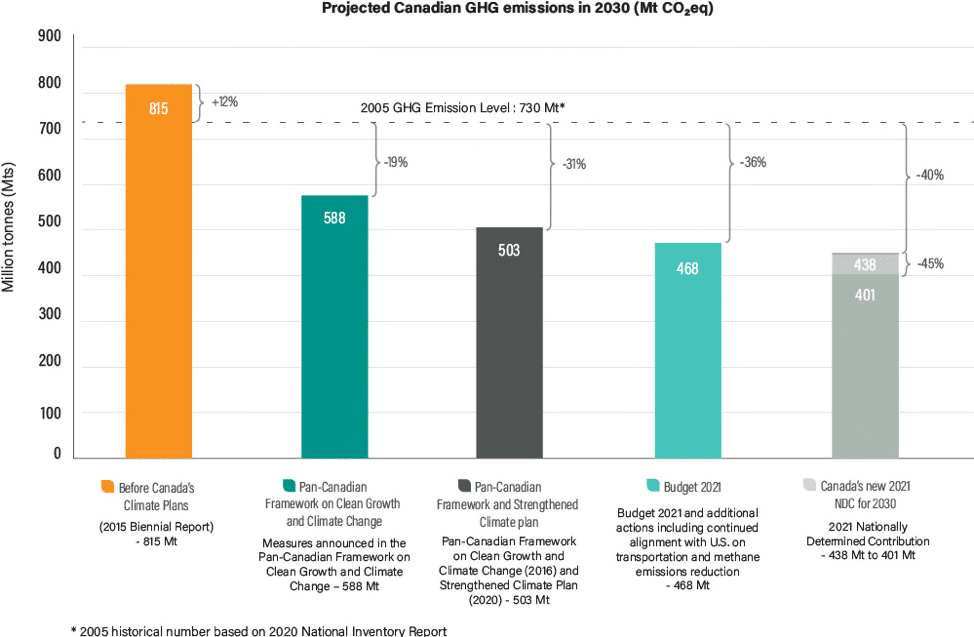Canada’s Record on Climate Action
Oh Canada – we’ve got to do better!
We are a big land mass with a relatively small population – about 38.5 million – and a disproportionately high responsibility for causing the climate crisis. After extreme heat, forest fires, floods and drought, we know we’re living with climate chaos. We know we have to act at home and we have to contribute globally.
Read on for our historical pollution, our current GHG emissions, and our current commitments under the Paris Agreement.
Climate justice requires accountability for past pollution
Carbon Brief (https://www.carbonbrief.org/analysis-which-countries-are-historically-responsible-for-climate-change) analyses which countries are historically responsible for climate chaos. They report that, on a per capita basis, depending on how one counts it, Canada is either the worst, or the second-worst polluter in the world. (The usual standard of dividing cumulative emissions by the current population leaves Canada as the worst, while per capita emissions added up over time ranks Canada second worst, behind New Zealand.)
Specifically, from 1850 to 2021, Canada is responsible for 65.5 billion tonnes of carbon, with 34.2 billion tonnes related to fossil fuel use, and 31.3 billion tonnes related to land use and deforestation.
Carbon Brief explains that CO2 emissions from hundreds of years ago continue to contribute to the heating of the planet – and current warming is determined by the cumulative total of CO2 emissions over time. This is the scientific basis for the carbon budget, the total amount of CO2 that can be emitted to stay below any given limit on global temperatures.

Canada’s Current Contribution Under the Paris Agreement: reduce emissions by 40-45% below 2005 levels by 2030
Canada’s plan to address climate change at home and abroad is guided by the Paris Agreement goal of holding the increase in the global average temperature to well below 2°C above pre-industrial levels, and pursuing efforts to limit the temperature increase to 1.5°C.
Canada’s Nationally Determined Contribution (NDC) reports that the measures and investments it “is putting in place will put Canada on a solid path to achieving its enhanced 2030 NDC, provide a strong foundation to achieve net-zero emissions by 2050, and build a highly competitive, clean economy.”



